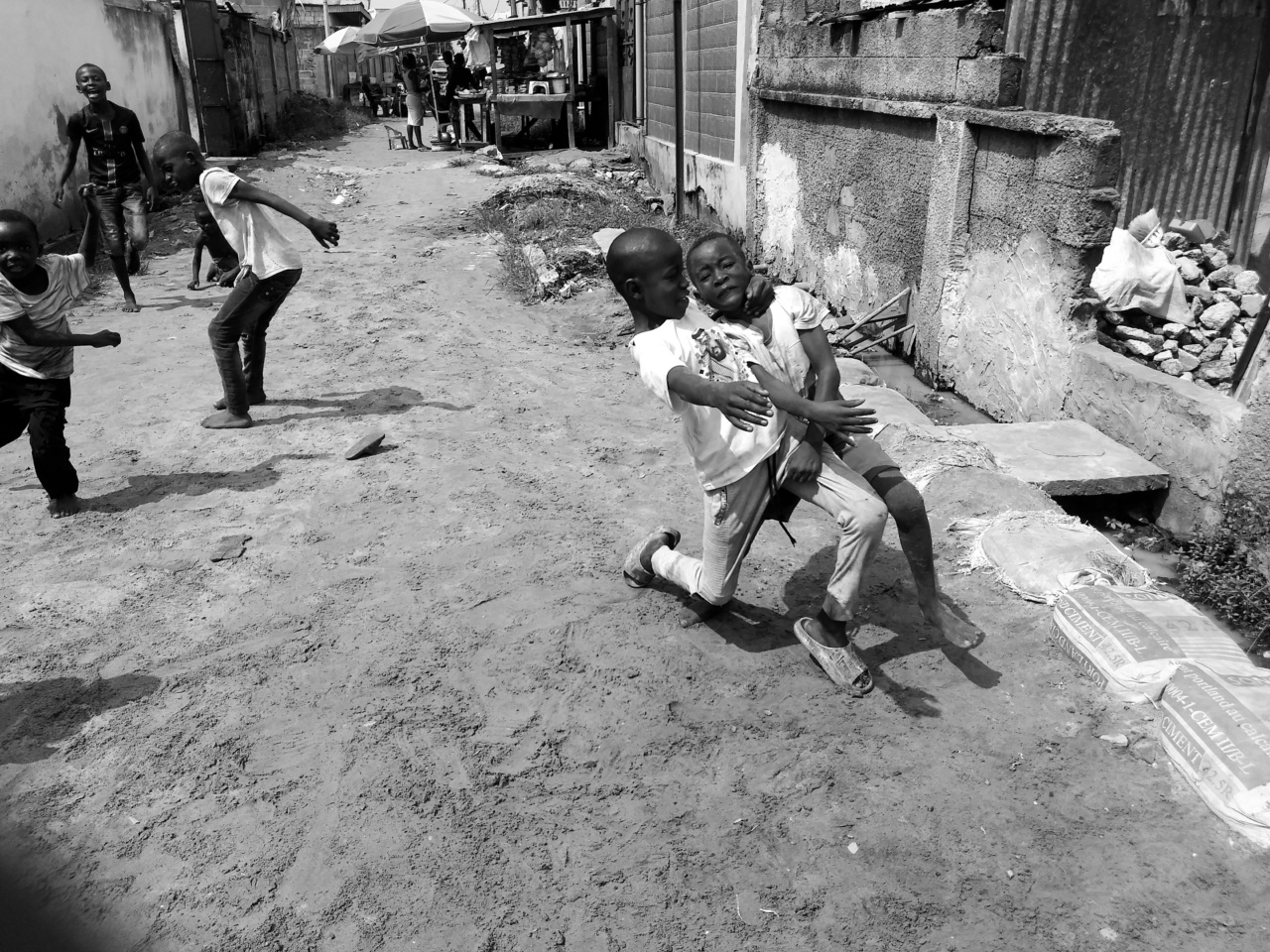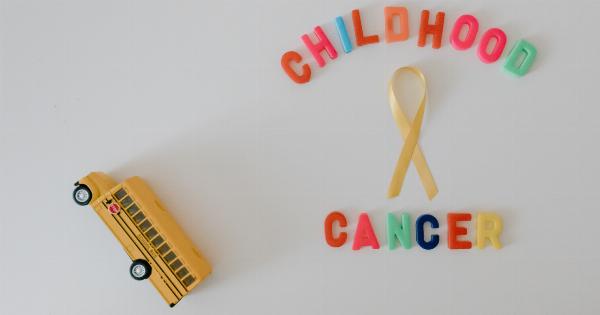Childhood leukemia is a type of cancer that affects the blood and bone marrow. It is the most common cancer in children and accounts for approximately 30% of all childhood cancer cases.
Leukemia occurs when the bone marrow produces abnormal white blood cells, which crowd out healthy cells and impair their ability to perform their normal functions.
Diagnosis and Staging
The diagnosis of childhood leukemia involves a series of tests and examinations. It typically begins with a physical examination and a review of the child’s medical history.
Blood tests, bone marrow aspiration, and biopsy are then performed to confirm the presence of leukemia cells and determine the type and stage of the disease.
Types of Childhood Leukemia
There are several types of childhood leukemia, including Acute Lymphoblastic Leukemia (ALL), Acute Myeloid Leukemia (AML), Chronic Myeloid Leukemia (CML), and Juvenile Myelomonocytic Leukemia (JMML).
ALL is the most common type, accounting for around 75% of cases, while AML is less common but more aggressive.
Treatment Options
The treatment of childhood leukemia has significantly evolved over the years, leading to improved outcomes and survival rates.
The choice of treatment depends on the type and stage of leukemia, as well as individual factors such as age and overall health. The main treatment options include chemotherapy, radiation therapy, targeted therapy, immunotherapy, and stem cell transplantation.
Chemotherapy
Chemotherapy is the primary treatment for childhood leukemia. It involves the use of powerful medications to kill cancer cells or stop their growth.
Chemotherapy can be administered orally, intravenously, or intrathecally (directly into the cerebrospinal fluid). Combination chemotherapy, which involves the use of multiple drugs, is often used to increase effectiveness and reduce the risk of drug resistance.
Radiation Therapy
Radiation therapy uses high-energy beams to target and destroy cancer cells.
It is often used in combination with chemotherapy and is particularly effective in treating leukemia that has spread to the central nervous system or other specific areas of the body. However, its use in children is limited to minimize potential long-term side effects.
Targeted Therapy
Targeted therapy is a newer approach to treating childhood leukemia. It involves the use of drugs that specifically target cancer cells while sparing healthy cells.
These drugs work by blocking specific molecules or pathways that are critical for cancer cell growth and survival. Targeted therapy has shown promising results in treating certain types of leukemia, especially those with specific genetic abnormalities.
Immunotherapy
Immunotherapy is a revolutionary treatment option that harnesses the body’s immune system to fight cancer. It involves the use of antibodies, immune cell therapies, or vaccines to enhance the immune response against leukemia cells.
Immunotherapies have shown remarkable success in some cases, with long-term remissions and improved survival rates. However, further research is still ongoing to optimize their effectiveness and minimize potential side effects.
Stem Cell Transplantation
Stem cell transplantation, also known as bone marrow transplantation, is a procedure that replaces damaged or diseased bone marrow with healthy stem cells. It is often used as a treatment option for children with high-risk or relapsed leukemia.
The transplanted stem cells can come from the child themselves (autologous transplant) or a matched donor (allogeneic transplant). This procedure carries a high risk of complications but can offer a potential cure for certain cases.
Research and Advances
Over the years, there have been significant advancements in understanding the biology of childhood leukemia and developing targeted therapies.
Scientists have identified specific genetic mutations and abnormalities that drive leukemia development, allowing for more precise treatments that target these specific molecular alterations. Additionally, research in immunotherapy and innovative treatment approaches, such as CAR-T cell therapy, holds great promise for improving outcomes in childhood leukemia.
Improved Survival Rates
Thanks to advancements in treatment and supportive care, the survival rates for childhood leukemia have dramatically improved. According to the American Cancer Society, the overall five-year survival rate for childhood leukemia is now around 90%.
This remarkable progress is a result of collaborative efforts between researchers, healthcare professionals, and advocacy groups focused on improving the prognosis and quality of life for children with leukemia.
Side Effects and Long-Term Implications
While the progress in fighting childhood leukemia is commendable, it is important to acknowledge the potential side effects and long-term implications of the available treatments.
Chemotherapy and radiation therapy can cause short-term side effects, such as nausea, hair loss, and fatigue. Long-term effects may include impaired growth and development, fertility issues, and an increased risk of secondary cancers. Ongoing research aims to minimize these side effects and improve the quality of life for childhood leukemia survivors.
Conclusion
The progress in fighting childhood leukemia has been substantial, with improved diagnosis, treatment options, and overall survival rates.
The development of targeted therapies, immunotherapies, and stem cell transplantation has revolutionized the way leukemia is managed in children. Ongoing research and collaboration hold the promise of further advancements, minimizing side effects and providing better long-term outcomes for children battling this devastating disease.



























